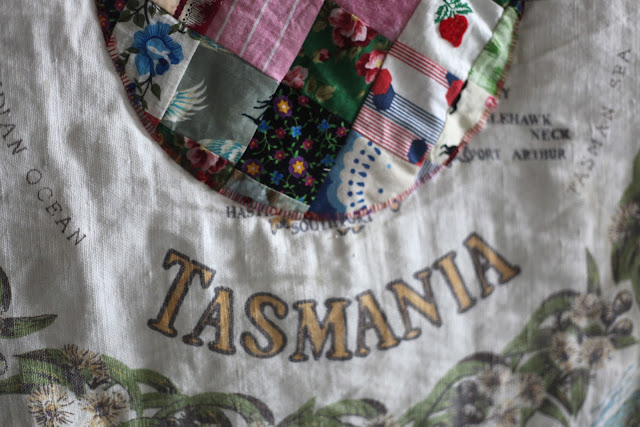Steve and I haven't had a "real" bed since we lived in Montreal over two years ago. We have been sleeping on mattresses on the floor since we moved back to Melbourne. A week and a half ago, Steve painted the bedroom white- spurring us to completely organise and make-over our bedroom.
We bought a bed frame for cheap from Gumtree about a week ago. It was in the Dandenong Ranges so we asked my Dad to drive over and pick it up for us. In the picture it looked like a nice carved wooden bed. In reality it was a humungous 70s dark wooden bed with games of naughts and crosses scratched into it and a giant wooden headboard.
When we got it into our house, we realised it wasn't going to fit in our bedroom which is quite small.
The frame retired to the front yard where it sat for a few days in the sun, looking miserable. I kept thinking about it and what it could have been, when eventually I came up with an idea for a compromise.
Steve began by sledgehammering off the posts and sanding them down. Then we painted them with some leftover red paint. Because it was a scorchingly hot day, the paint dried almost immediately, so we did three coats.
Then we attached a panel of wood on each side and drilled the slats down. We reinforced both the head and foot of the bed with a bit of wood from another old bedframe. We ended up using the original foot of the bed as the headboard. It has a star scratched into it and I think it looks cool, and it's a reminder of what the frame once was.
I love sleeping in a real bed again! (So does Mika)

















































